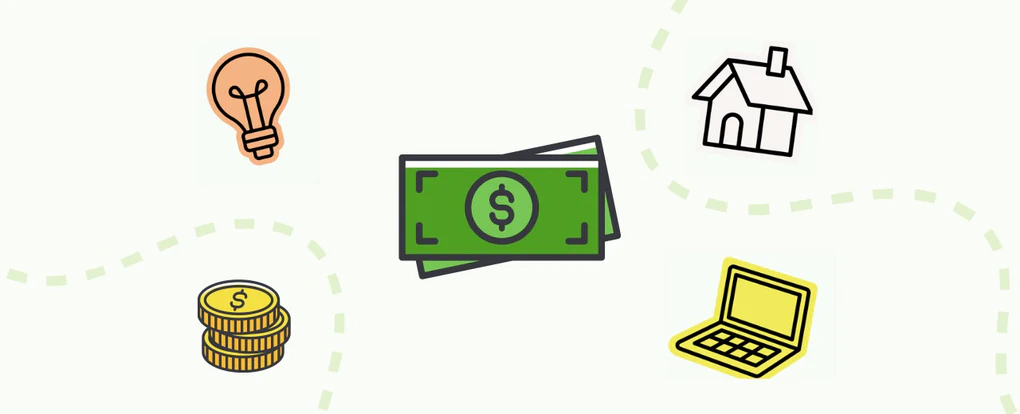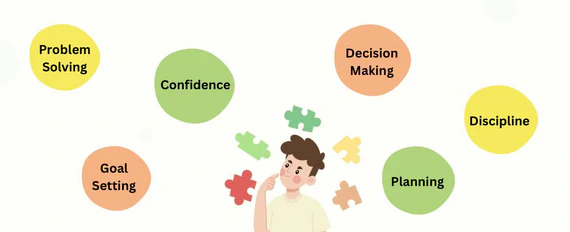
Money in Action: How Everyday Choices Help Students Learn About Money
When we think of financial education, we think: lessons, worksheets, or classroom discussions. However for students, …

Imagine this: You’re managing a budget, choosing between needs and wants, and maybe paying off a credit card bill, all in a room full of classmates, no real money on the line, and plenty of laughs along the way.
That’s the power of simulations. They let students explore real life money choices without any real life consequences. It’s hands on, it’s practical, and yes it’s actually fun!
Let’s be honest, lectures and worksheets only go so far. What really sticks is experience. Simulations turn tricky ideas like interest rates or long term savings into something you can see and feel in action.
Students don’t just hear what smart choices look like, they make them. And sometimes they make not so great ones too… which is exactly the point!
In a simulation, mistakes aren’t a problem, they’re the point! Whether a student overspends, forgets to save, or runs out of “money,” it all becomes part of the learning. No lectures. No judgment. Just a chance to try things, see what works, and figure it out as they go.
Simulations also build the kind of thinking that goes beyond budgets. We’re talking problem solving, planning ahead and making choices under pressure, skills that matter in every part of life.
By stepping into these real world scenarios, students start to see money not just as something to spend or save… but as something to manage with confidence.

When we think of financial education, we think: lessons, worksheets, or classroom discussions. However for students, …

Financial education for most of us means calculators, budgets, or a worksheet on saving. But here’s the truth: learning …